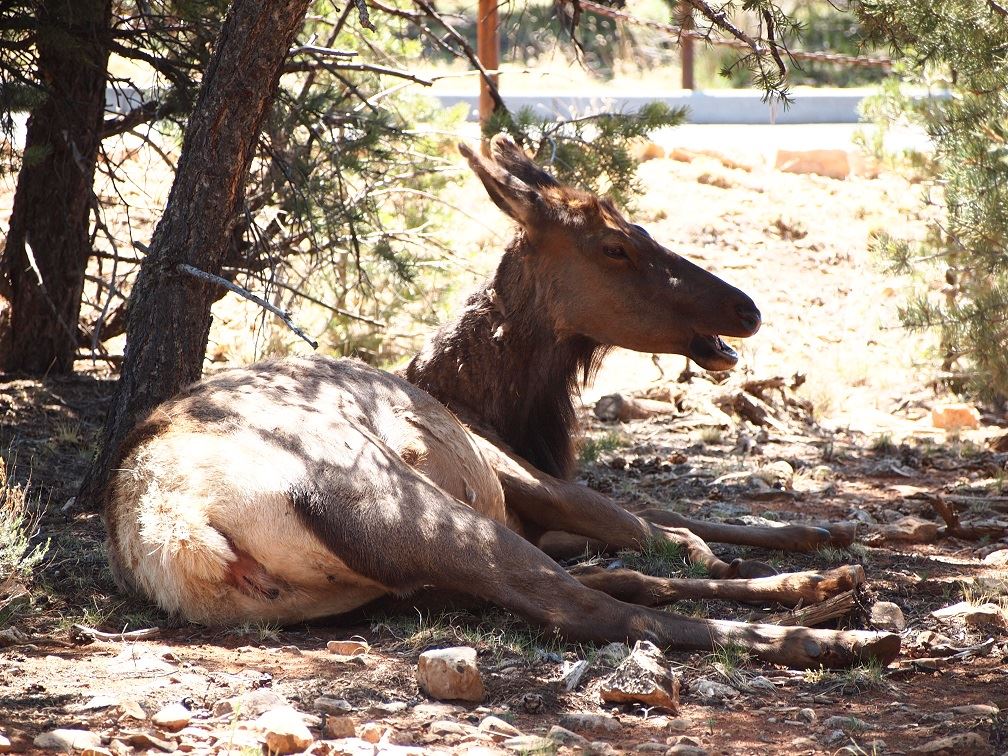Certify Your Wildlife Habitat: Cover and Places to Raise Young
Wildlife need cover to escape bad weather, hide from predators, and find rest. Wildlife also need secure places to raise their young. Some of these places of cover offer all these protections for some wildlife while other wildlife will seek out different types of cover for their varied needs. Having a variety of biotic features (such as native plants) and abiotic features (such as rocks and dirt) will offer cover for many different types of wildlife.
| Plant a wide variety of plants for a variety of cover:
Create a rock garden or strategically place a broken flower pot or roofing tile as a "toad abode". Leave the leaves. That's right! Leave piles of natural materials such as leaves, dirt, rocks, mulch or logs for ground dwelling wildlife like lizards and rabbits. Dead trees or tree branches, which often have hollows birds and wildlife can nest or hide in, and also attract good food sources such as insects, mosses, lichens and fungi. Leave bare dirt somewhere on your property for Arizona's plethora of ground dwelling, solitary bees. |
Native plants that can withstand full sun offer butterflies a place to warm up.
Build a bat house, click here for instructions!
Be tolerant with some mess. While you procrastinate getting around to pruning or cleaning up the yard, insects and reptiles are happily using the area to live out their lives and birds are busy eating those same insects. Try to clean up debris during non-baby rearing season such as fall or early winter. If you do disturb wildlife that need to be rehabilitated, see our page on wildlife rehabilitators in Arizona here.
Firewise programs in forested communities should follow Firewise suggestions of removing combustibles from near structures. See the Firewise page here.
Be tolerant with wildlife. Each one of us will have our own tolerance level for any type of wildlife. Living near a desert, forest, or golf course will increase the likelihood of seeing a wide variety of wildlife. The more hospitable your garden is to wildlife, the more wildlife it will attract. That beautiful butterfly was once that ugly caterpillar. That beautiful grapefruit or peach was pollinated by a fly or bee. That green grass is oh so yummy to the bunny and the bunny is oh so yummy to the owl and coyote! Remember to take the good with the bad.
Wildlife will move on if the habitat is not hospitable—if food runs out, if cover is removed, or if it's too noisy and active from us humans. If your home has sat empty, there will be more wildlife around it. If you want certain wildlife to move along, try making noise, dowsing a larger animal with a hose, blocking entrances and exits, or removing something that they are using, such as dropped fruit. The Arizona Game and Fish Department has a website dedicated to Living with Wildlife here.
.png)



